Three of them are approx. 2.5" long, and two of them are approx. 1" long
One of the larger fish has been ID'd as a Bluegill based on the dark dorsal spot. However, the other four do not have this spot.
Will the small ones develop it as they get larger or should it be visible at that size? What are the chances of the other four being a different type of sunfish, seeing as they all came from within 5" of each other in the creek?
Here are some pictures from when they were in my transport container, if that helps:
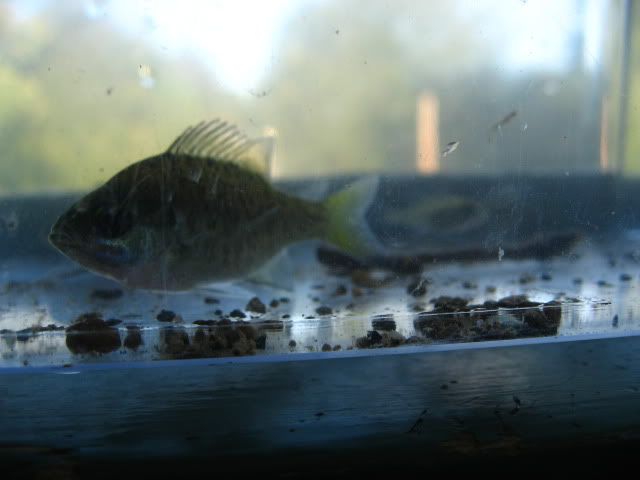

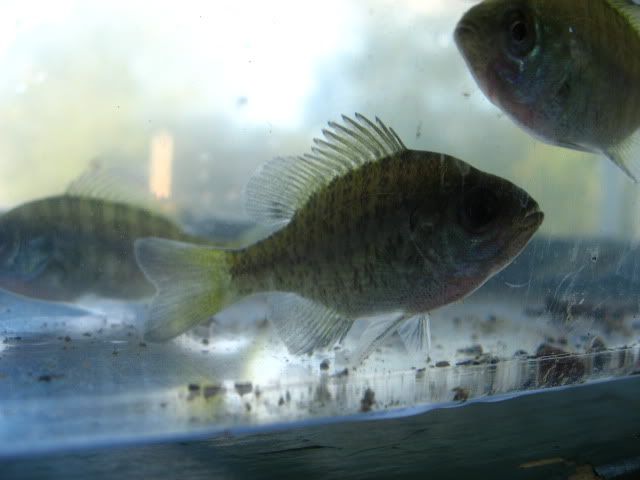

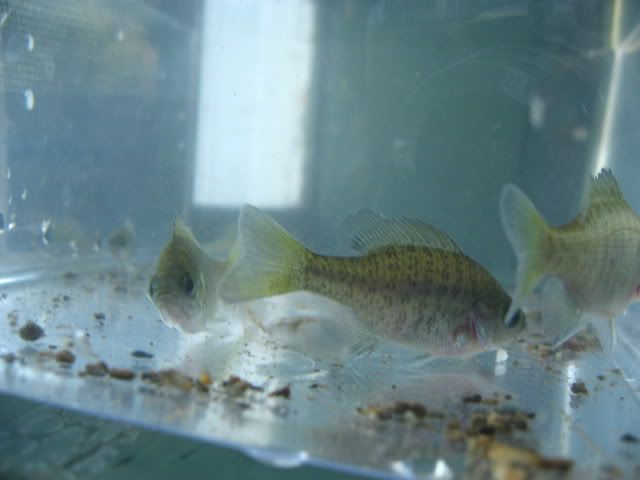
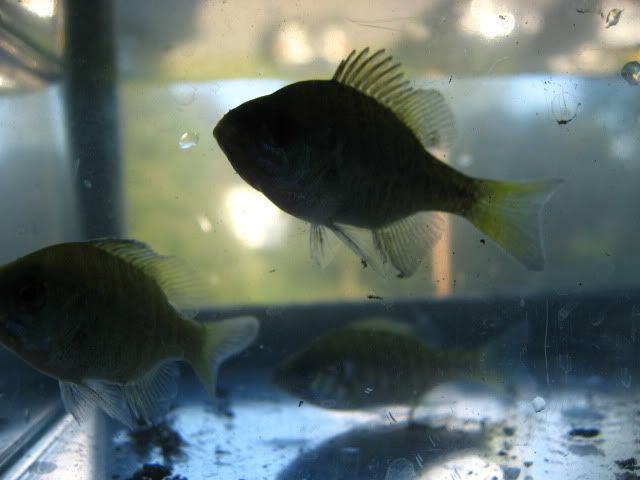
A pictures of a small one:
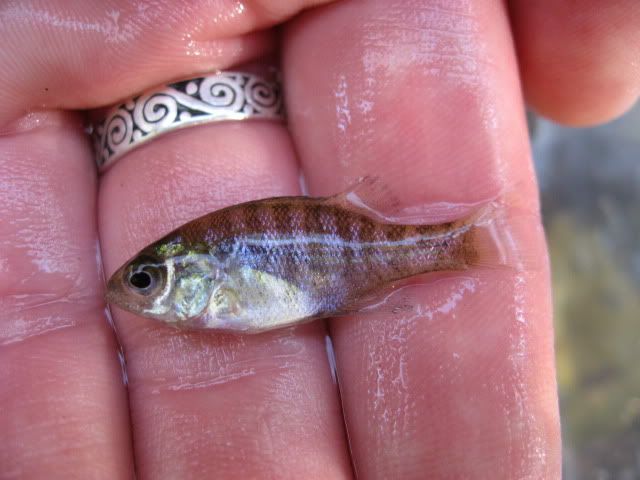
And the bluegill:

Thanks for your help!
Edited by Odessa87, 16 October 2010 - 11:42 PM.







